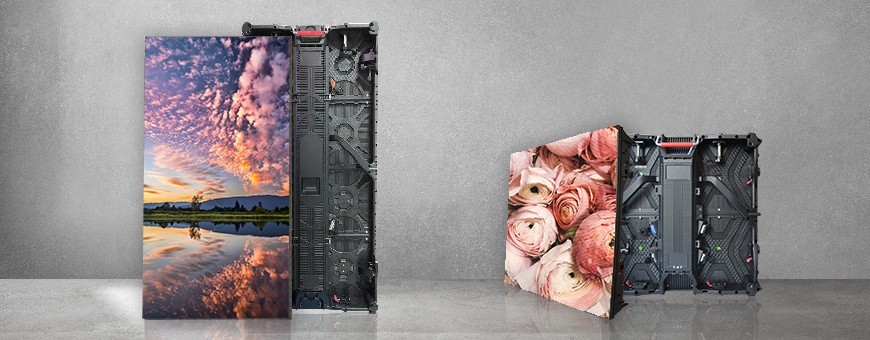Investigating the Crucial Elements That Influence Hue Consistency in Light Emitting Diode Panel Panels for Ideal Display Performance
Investigating the Crucial Elements That Influence Hue Consistency in Light Emitting Diode Panel Panels for Ideal Display Performance
Blog Article
Hue uniformity in light-emitting diode wall screens is essential for achieving maximum visual output. light-emitting diode wall screens are widely used in various settings, including musical events, meetings, and advertising showcases. When the hues on these screens are consistent, they create a more engaging and immersive encounter for audiences. Several key factors influence color consistency, including the caliber of the LED elements, calibration processes, and environmental factors.
The caliber of the light-emitting diode components plays a significant role in hue uniformity. Different types of light-emitting diodes produce light at different frequencies, which can influence the total color output. Premium LEDs are designed to produce a more consistent light range, resulting in better color accuracy. Additionally, the manufacturing method of these light-emitting diodes can affect their performance. Panels made with high-grade materials and techniques tend to have fewer color differences, guaranteeing that the displayed images and footage look lively and faithful to life.
Tuning is another crucial element in maintaining color uniformity in LED wall view website screens. Calibration entails adjusting the configurations of the panel to ensure that the colors displayed match the desired design. This process can consist of adjusting brightness, contrast, and color balance. Regular tuning is essential, especially in environments where illumination factors vary frequently. By calibrating the screens, specialists can fix any discrepancies in hue result, leading to a more consistent viewing encounter.
Surrounding conditions also affect color consistency in LED wall screens. Elements such as surrounding light, temperature, and humidity can affect how colors are perceived. For example, bright ambient light can wash out hues, making them look less lively. Similarly, harsh temperatures can influence the functionality of the LEDs, leading to hue changes. To reduce these issues, it is crucial to install LED wall panels in managed environments where lighting and temperature can be managed efficiently.
Lastly, the layout and arrangement of the LED wall screens can affect color consistency. The configuration of the panels, as well as the distance from which they are viewed, can create variations in color recognition. When screens are placed too distant apart or at varied positions, audiences may detect inconsistencies in hue. To obtain the best visual performance, it is crucial to take into account the placement and alignment of the panels during installation. By tackling these factors, users can guarantee that their light-emitting diode wall panels deliver a consistent and superior visual experience.